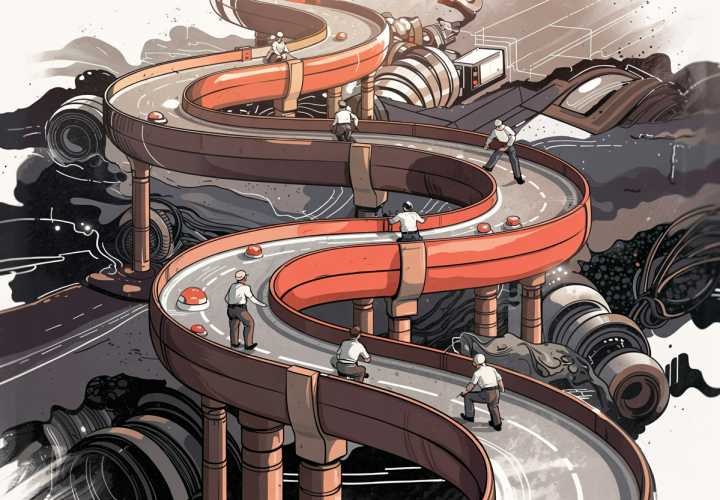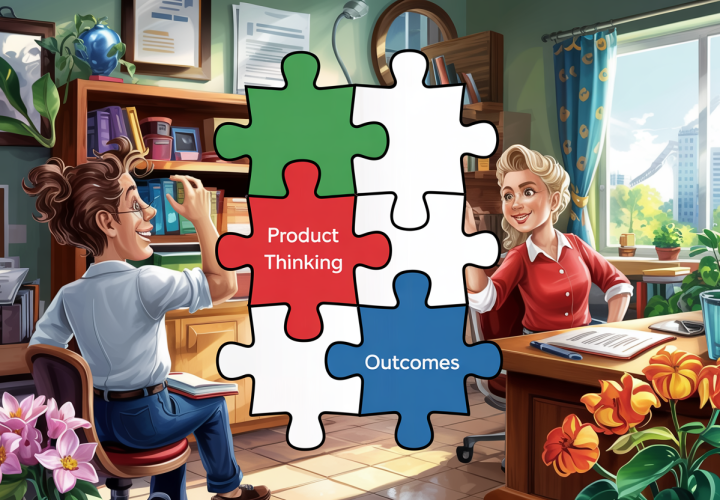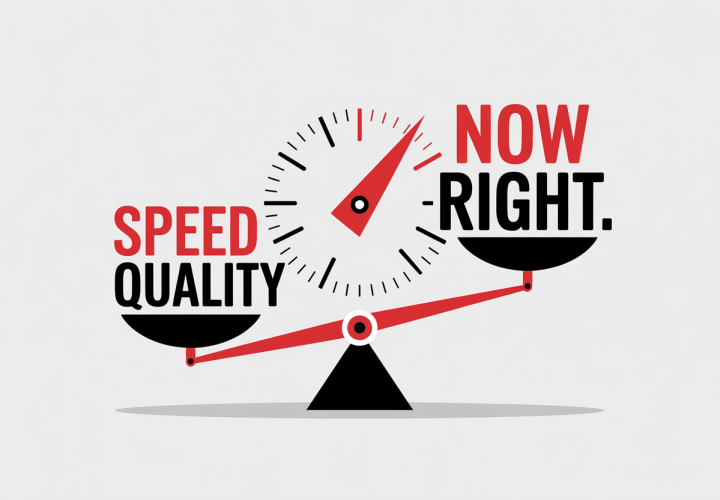The Hidden Forces That Shape Great Products

In the business world today, represent not only your businessnalism. In the business world today. In the business world today.
The Hidden Forces That Shape Great Products We often praise great products for their polish, speed, or slick features. But those aren’t the real reasons they succeed.Not entirely. Behind every great product is a mix of invisible influences—culture, timing, psychology, leadership choices, even team dynamics.They don’t show up on the roadmap, but they shape every decision that makes the roadmap real. Let’s look beyond what’s obvious—and into what really makes a product great. What Makes a Product Truly Great? We throw the word “great” around a lot.But what actually separates great products from just “good enough”? It’s Not Just Features or Speed to Market Plenty of products launch fast.Plenty are packed with features.That alone doesn’t make them great. Great products are coherent.Every part works in harmony.They feel intentional, not reactive.They don’t just do more—they do what matters. Great Products Solve Real, Felt Problems This sounds simple.But many teams still miss it.They solve hypothetical problems, internal stakeholder wishes, or jump on trends.The best products come from understanding what’s painful, awkward, or frustrating—and solving that cleanly.They make people’s lives easier, not in theory, but in reality. The Best Products Feel Effortless—Because They Hide the Complexity The best designs are the ones you barely notice.The decisions are invisible, but everything feels right.This only happens when teams sweat the hidden details, polish the seams, and bury the complexity behind simplicity.That’s hard, but that’s what makes it great. The Invisible Influences That Drive Product Success Every product exists inside an ecosystem.It’s not just what you build—it’s what surrounds it. Cultural Context and Timing Some products hit the market too soon; others are late.Timing isn’t luck—it’s awareness.Understanding what your audience is ready for is half the battle.Cultural signals matter, too.A product that fits the moment gets traction fast, while one that misses the moment feels tone-deaf or irrelevant. Team Dynamics and Decision Patterns The way a team thinks, argues, and decides matters.Is there space for dissent?Are decisions made collaboratively or by fiat?Does the team chase consensus or clarity?All of this shapes how the product turns out.The structure of the team often becomes the structure of the product. Leadership Mindset and Risk Tolerance Risk-averse leadership builds safe products.Visionary leadership builds bold ones—but also accepts failure.How a team handles risk, feedback, and iteration defines what they’re willing to try—and how far they’ll go to create something truly new. How to Work With These Hidden Forces—Not Against Them You can’t eliminate these influences, but you can learn to see them and work with them. Tune Into User Psychology, Not Just User Stories User stories tell you what someone says they want; psychology tells you why they want it.What are they afraid of?What do they aspire to?Where do they hesitate or overthink?The best products anticipate not just behavior, but emotion. Design With Constraints, Not Despite Them Constraints are often seen as blockers, but they’re actually creative accelerators.They force clarity, kill scope creep, and push you to solve the right problem in a tighter, smarter way.Great products don’t ignore limits—they’re shaped by them. Slow Down Enough to See the System at Work When you’re always shipping fast, you miss the big picture.Take time to step back: What’s actually driving your team’s choices? Are the loudest voices always right? Is the market shifting under your feet? Slowing down—even briefly—lets you spot patterns others miss. See What Others Miss—and Build What Others Can’t The best products don’t just work—they feel inevitable.They come from teams that see more than user stories, deadlines, or the latest feature set.They understand the quiet forces—timing, culture, psychology, belief—and build with those in mind.So next time you plan your next great product, don’t just focus on what’s visible.Focus on what shapes it all.That’s where the magic really happens.









